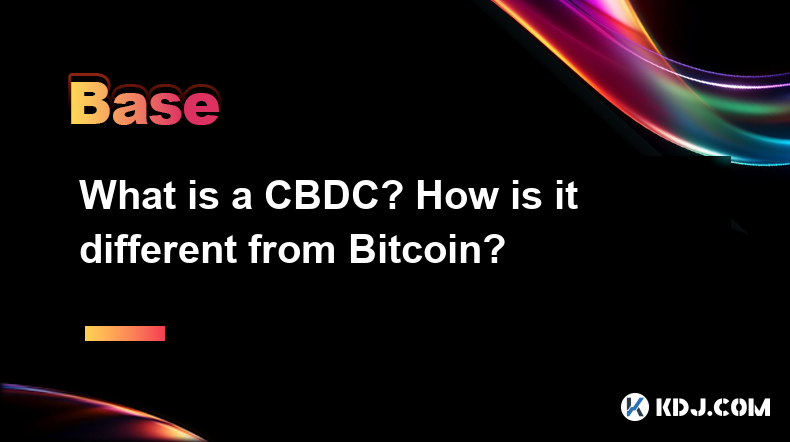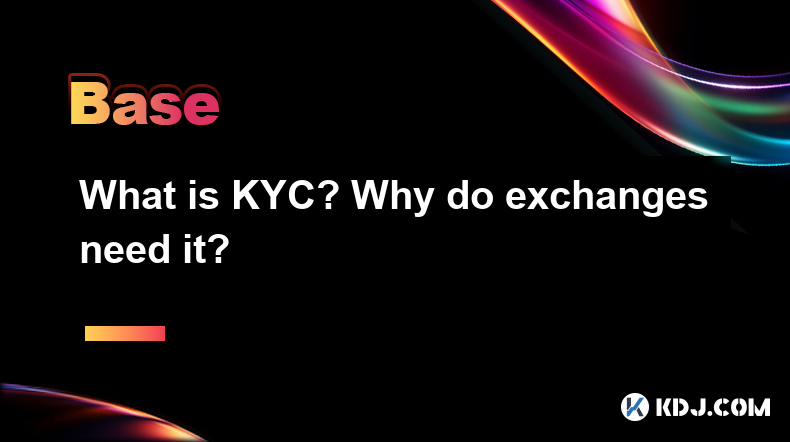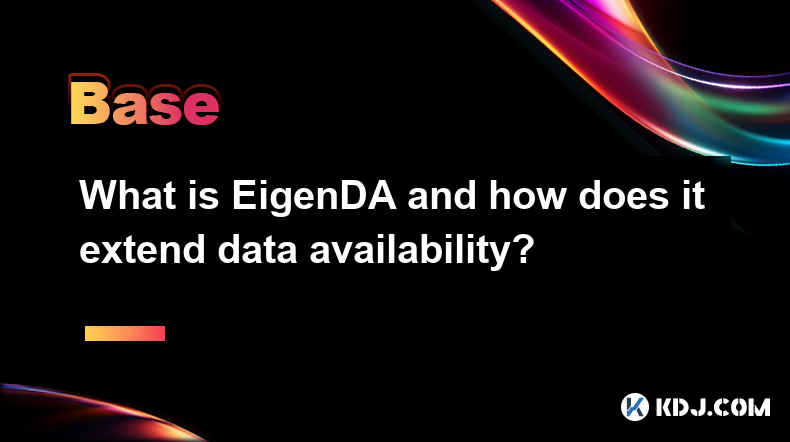-
 Bitcoin
Bitcoin $85,755.8002
1.64% -
 Ethereum
Ethereum $1,645.6905
1.27% -
 Tether USDt
Tether USDt $0.9998
0.02% -
 XRP
XRP $2.1577
1.11% -
 BNB
BNB $589.4257
0.30% -
 Solana
Solana $132.0805
-0.60% -
 USDC
USDC $1.0000
0.01% -
 TRON
TRON $0.2534
-1.14% -
 Dogecoin
Dogecoin $0.1610
-2.84% -
 Cardano
Cardano $0.6440
-0.39% -
 UNUS SED LEO
UNUS SED LEO $9.4349
0.54% -
 Chainlink
Chainlink $12.7648
0.18% -
 Avalanche
Avalanche $20.0359
0.31% -
 Stellar
Stellar $0.2412
-0.10% -
 Toncoin
Toncoin $2.9297
3.26% -
 Sui
Sui $2.2079
-2.65% -
 Hedera
Hedera $0.1679
-0.55% -
 Shiba Inu
Shiba Inu $0.0...01200
-2.02% -
 Bitcoin Cash
Bitcoin Cash $333.3530
-3.38% -
 Litecoin
Litecoin $78.5280
0.39% -
 Polkadot
Polkadot $3.6858
-0.63% -
 Hyperliquid
Hyperliquid $16.2142
3.18% -
 Dai
Dai $0.9998
-0.01% -
 Bitget Token
Bitget Token $4.3249
0.75% -
 Pi
Pi $0.7441
-1.29% -
 Ethena USDe
Ethena USDe $0.9990
0.02% -
 Monero
Monero $212.5820
2.77% -
 Uniswap
Uniswap $5.4137
-0.50% -
 Pepe
Pepe $0.0...07502
0.93% -
 OKB
OKB $52.3495
-1.44%
What is exchange net flow? What does it indicate?
Exchange net flow, the difference between crypto deposited into and withdrawn from exchanges, indicates market sentiment and potential price movements.
Apr 13, 2025 at 07:07 pm

What is Exchange Net Flow? What Does It Indicate?
Exchange net flow is a critical metric in the cryptocurrency market that provides insights into the movement of assets in and out of cryptocurrency exchanges. Understanding this metric can help investors and traders gauge market sentiment and potential price movements. In this article, we will delve into what exchange net flow is, how it is calculated, and what it indicates about the market.
Definition of Exchange Net Flow
Exchange net flow refers to the difference between the total amount of cryptocurrency deposited into exchanges and the total amount withdrawn from exchanges over a specific period. This metric is usually measured in the native units of the cryptocurrency, such as BTC for Bitcoin or ETH for Ethereum. A positive net flow indicates that more cryptocurrency is being deposited into exchanges than withdrawn, while a negative net flow suggests the opposite.
How Exchange Net Flow is Calculated
Calculating exchange net flow involves tracking the inflows and outflows of cryptocurrency on various exchanges. Here is a detailed breakdown of the process:
Identify the Time Frame: Determine the period over which you want to calculate the net flow. This could be daily, weekly, or monthly.
Track Inflows: Monitor the total amount of cryptocurrency deposited into all tracked exchanges during the specified time frame.
Track Outflows: Monitor the total amount of cryptocurrency withdrawn from all tracked exchanges during the same period.
Calculate Net Flow: Subtract the total outflows from the total inflows to get the net flow. The formula is as follows:
Net Flow = Total Inflows - Total Outflows
For example, if 1000 BTC were deposited into exchanges and 800 BTC were withdrawn over a day, the net flow for that day would be 200 BTC.
What Exchange Net Flow Indicates
Exchange net flow can provide valuable insights into market sentiment and potential price movements. Here are some key indications:
Positive Net Flow: A positive net flow suggests that more investors are moving their cryptocurrency into exchanges, which could indicate an intention to sell. This might lead to increased selling pressure and potentially lower prices.
Negative Net Flow: A negative net flow indicates that more cryptocurrency is being withdrawn from exchanges, which could suggest that investors are moving their assets to private wallets for long-term holding. This might signal a bullish sentiment and potential price increases.
High Volatility in Net Flow: Significant fluctuations in net flow can indicate market uncertainty or rapid changes in investor sentiment. Traders often watch for these patterns to anticipate market movements.
Using Exchange Net Flow in Trading Strategies
Traders can incorporate exchange net flow into their strategies to make more informed decisions. Here are some ways to use this metric:
Trend Analysis: By analyzing the trend of net flow over time, traders can identify patterns that might signal upcoming price movements. For instance, a consistent negative net flow might suggest a bullish trend.
Confirmation Tool: Net flow can be used to confirm other market indicators. If other indicators suggest a bullish market but the net flow is positive, it might indicate a potential reversal.
Risk Management: Understanding the net flow can help traders manage their risk by anticipating potential market shifts. For example, a sudden increase in positive net flow might prompt traders to adjust their positions to mitigate potential losses.
Limitations of Exchange Net Flow
While exchange net flow is a useful metric, it has its limitations and should not be used in isolation. Here are some considerations:
Data Accuracy: The accuracy of net flow data depends on the transparency and reporting of exchanges. Some exchanges might not report their data accurately, which can skew the overall net flow.
Market Context: Net flow should be considered in the context of other market factors, such as news events, regulatory changes, and overall market sentiment. Relying solely on net flow might lead to misinterpretations.
Short-term vs. Long-term: Net flow can be more indicative of short-term market movements. Long-term trends might require additional analysis and consideration of other metrics.
Tools and Resources for Tracking Exchange Net Flow
Several tools and resources are available for tracking exchange net flow. Here are some popular options:
CryptoQuant: This platform provides detailed on-chain and exchange data, including net flow metrics for various cryptocurrencies.
Glassnode: Another comprehensive analytics platform that offers insights into exchange flows and other market metrics.
CoinMetrics: This service provides a wide range of data, including exchange net flow, to help investors and traders make informed decisions.
To use these tools effectively, follow these steps:
Sign Up: Register for an account on the chosen platform.
Navigate to Net Flow Data: Find the section dedicated to exchange net flow or similar metrics.
Select Cryptocurrency: Choose the cryptocurrency you want to analyze.
Analyze Data: Review the net flow data over different time frames to identify trends and patterns.
Frequently Asked Questions
Q1: Can exchange net flow predict price movements accurately?
A1: While exchange net flow can provide insights into potential price movements, it is not a foolproof predictor. It should be used in conjunction with other market indicators and analysis to make more accurate predictions.
Q2: How often should I check exchange net flow data?
A2: The frequency of checking net flow data depends on your trading strategy. For short-term traders, daily or even hourly checks might be necessary, while long-term investors might review the data weekly or monthly.
Q3: Is exchange net flow data available for all cryptocurrencies?
A3: Exchange net flow data is more readily available for major cryptocurrencies like Bitcoin and Ethereum. For less popular cryptocurrencies, the data might be limited or less reliable.
Q4: Can exchange net flow be manipulated by large investors?
A4: Yes, large investors or 'whales' can potentially manipulate exchange net flow by moving large amounts of cryptocurrency in and out of exchanges. This is why it's important to consider net flow data alongside other market indicators.
Disclaimer:info@kdj.com
The information provided is not trading advice. kdj.com does not assume any responsibility for any investments made based on the information provided in this article. Cryptocurrencies are highly volatile and it is highly recommended that you invest with caution after thorough research!
If you believe that the content used on this website infringes your copyright, please contact us immediately (info@kdj.com) and we will delete it promptly.
- BlockDAG's Keynote 3 Reveals Mainnet Launch Plans! SHIB & TON Whale Activity Surges
- 2025-04-15 14:00:12
- The April Shake-Up: Exploring Opportunities in the Altcoin Market
- 2025-04-15 14:00:12
- “The stock market is a device for transferring money from the impatient to the patient.”
- 2025-04-15 13:55:13
- 4 Coins to Watch in the Race to $1 by 2025
- 2025-04-15 13:55:13
- #Binance **⚠️ P2P Scam Warning**
- 2025-04-15 13:50:12
- Why This Utility Token Going Viral More Than Meme; Dogecoin, Shiba Inu & Pepe Coin?
- 2025-04-15 13:50:12
Related knowledge

What is a CBDC? How is it different from Bitcoin?
Apr 15,2025 at 01:49pm
A Central Bank Digital Currency (CBDC) represents a digital form of a country's fiat currency, issued and regulated by its central bank. Unlike traditional physical currencies, CBDCs exist purely in digital form, offering a new way for governments to manage their monetary systems. CBDCs are designed to provide the benefits of digital currencies while ma...

What is KYC? Why do exchanges need it?
Apr 15,2025 at 02:01pm
KYC, or Know Your Customer, is a process used by businesses, including cryptocurrency exchanges, to verify the identity of their clients. The primary goal of KYC is to prevent illegal activities such as money laundering, fraud, and terrorist financing. By implementing KYC procedures, exchanges can ensure compliance with regulatory requirements and maint...

How to buy Dogecoin in China?
Apr 14,2025 at 04:35pm
How to buy Dogecoin in China (DOGE) Dogecoin is a decentralized digital currency known for its iconic dog pattern. Here are the detailed steps on how to buy Dogecoin in China. step 1. Register a digital currency exchange account First, you need to register an account on a digital currency trading platform regulated by China. It is recommended to choose ...

Ouyi Exchange web version registration portal
Apr 15,2025 at 01:28pm
Ouyi Exchange web version registration guide: Get started quickly How to create an account on the Ouyi Exchange web version? The process of creating an Ouyi Exchange web version account is very simple, just follow the following steps: Browse to the official website of Ouyi Exchange. Click the "Register" option in the upper right corner of the ...

What is Delayed Encryption technology?
Apr 11,2025 at 10:42pm
What is Delayed Encryption Technology? In the world of cryptocurrencies, security is paramount. One of the innovative solutions to enhance the security of digital transactions is Delayed Encryption Technology. This technology introduces a layer of security by encrypting data with a time delay, ensuring that the information remains secure until a specifi...

What is EigenDA and how does it extend data availability?
Apr 11,2025 at 05:28pm
EigenDA is a groundbreaking solution within the cryptocurrency ecosystem designed to enhance data availability across blockchain networks. Developed by EigenLayer, EigenDA aims to address the critical issue of data availability, ensuring that all participants in a blockchain network can access the necessary data to verify transactions and maintain the i...

What is a CBDC? How is it different from Bitcoin?
Apr 15,2025 at 01:49pm
A Central Bank Digital Currency (CBDC) represents a digital form of a country's fiat currency, issued and regulated by its central bank. Unlike traditional physical currencies, CBDCs exist purely in digital form, offering a new way for governments to manage their monetary systems. CBDCs are designed to provide the benefits of digital currencies while ma...

What is KYC? Why do exchanges need it?
Apr 15,2025 at 02:01pm
KYC, or Know Your Customer, is a process used by businesses, including cryptocurrency exchanges, to verify the identity of their clients. The primary goal of KYC is to prevent illegal activities such as money laundering, fraud, and terrorist financing. By implementing KYC procedures, exchanges can ensure compliance with regulatory requirements and maint...

How to buy Dogecoin in China?
Apr 14,2025 at 04:35pm
How to buy Dogecoin in China (DOGE) Dogecoin is a decentralized digital currency known for its iconic dog pattern. Here are the detailed steps on how to buy Dogecoin in China. step 1. Register a digital currency exchange account First, you need to register an account on a digital currency trading platform regulated by China. It is recommended to choose ...

Ouyi Exchange web version registration portal
Apr 15,2025 at 01:28pm
Ouyi Exchange web version registration guide: Get started quickly How to create an account on the Ouyi Exchange web version? The process of creating an Ouyi Exchange web version account is very simple, just follow the following steps: Browse to the official website of Ouyi Exchange. Click the "Register" option in the upper right corner of the ...

What is Delayed Encryption technology?
Apr 11,2025 at 10:42pm
What is Delayed Encryption Technology? In the world of cryptocurrencies, security is paramount. One of the innovative solutions to enhance the security of digital transactions is Delayed Encryption Technology. This technology introduces a layer of security by encrypting data with a time delay, ensuring that the information remains secure until a specifi...

What is EigenDA and how does it extend data availability?
Apr 11,2025 at 05:28pm
EigenDA is a groundbreaking solution within the cryptocurrency ecosystem designed to enhance data availability across blockchain networks. Developed by EigenLayer, EigenDA aims to address the critical issue of data availability, ensuring that all participants in a blockchain network can access the necessary data to verify transactions and maintain the i...
See all articles























































































